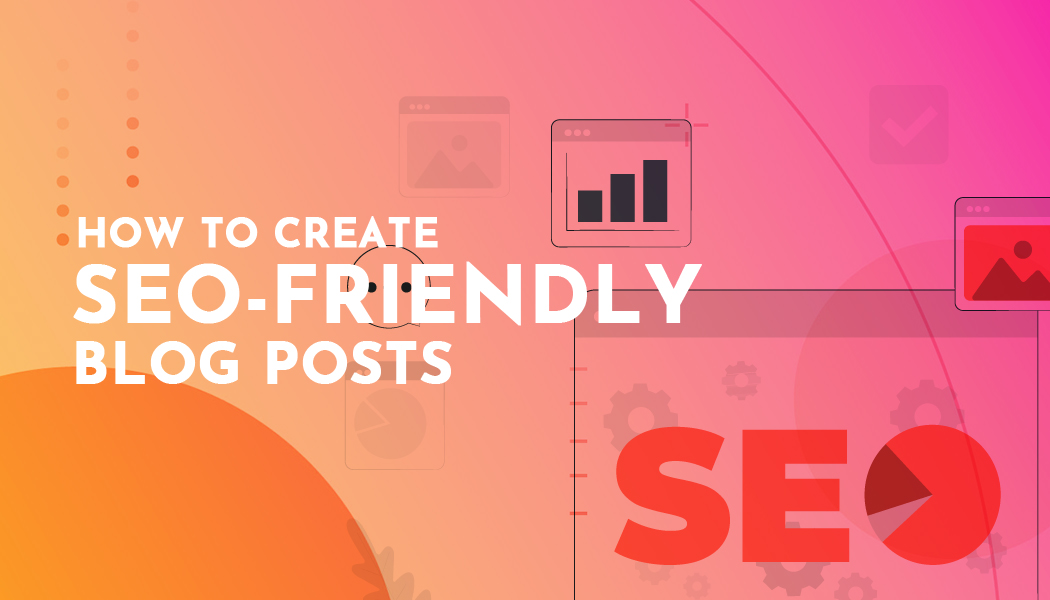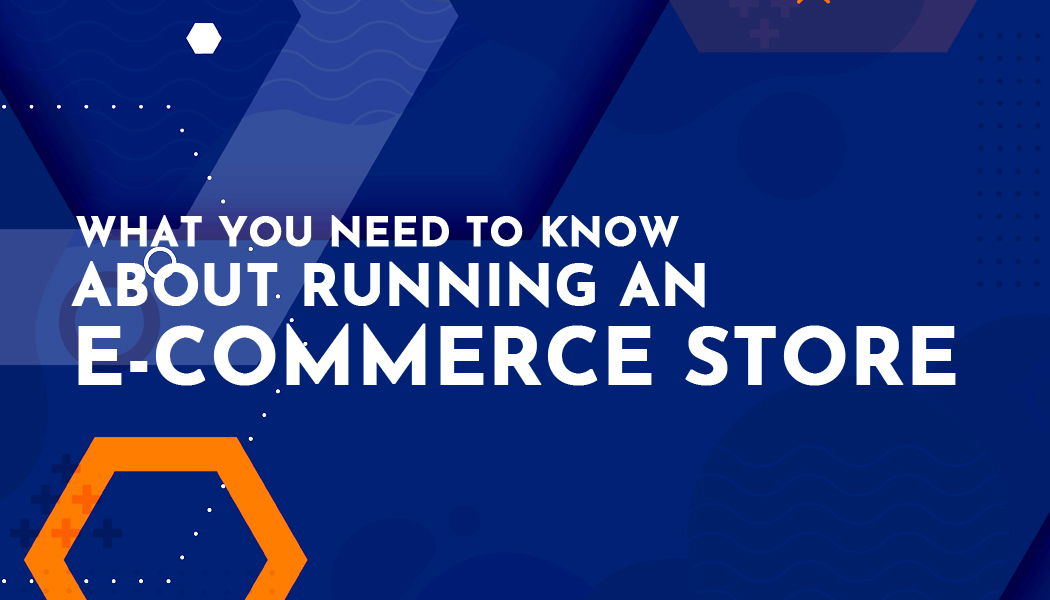How to create SEO-friendly blog posts
Creating SEO-friendly blog posts involves a combination of content creation, keyword research, and technical optimization. Here are some tips to create blog posts that are optimized for search engines:
Keyword Research
Google Keyword Planner is a powerful tool that can help you identify relevant keywords and get insights into their search volume and competition. Here's how to use it to complete keyword research:
- Sign in to Google Ads: To access Keyword Planner, you need to have a Google Ads account. If you don't have one, you can create one for free.
- Access Keyword Planner: Once you are signed in to Google Ads, click on the "Tools & Settings" icon in the top right corner and select "Keyword Planner" under the "Planning" column.
- Enter your seed keyword: Start by entering your primary keyword or phrase related to your blog post topic. Keyword Planner will provide you with a list of related keywords.
- Review keyword ideas: Keyword Planner will provide you with a list of related keywords along with their average monthly search volume and level of competition. Sort the list by search volume to identify the most popular keywords.
- Refine your list: Use the filters in Keyword Planner to refine your keyword list based on location, language, and other parameters.
- Analyze the competition: Review the competition level for each keyword. High-competition keywords may be more difficult to rank for.
- Select the right keywords: Choose the most relevant and high-volume keywords that fit your blog post topic and use them in your content.
Remember, while Keyword Planner can provide you with valuable insights into keyword research, it's important to also use your own judgment to select the most relevant and appropriate keywords for your blog post. Learn SEO with Digiperform, join best digital marketing course in Delhi.
High-Quality Content

Here are some tips to help you create high-quality content for your blog:
- Research your topic: Before you start writing, conduct thorough research on your topic. Use reputable sources and take notes to help organize your thoughts and structure your content.
- Define your audience: Determine who your target audience is and what type of content they would find most valuable. This will help you tailor your content to their needs and interests.
- Write a compelling headline: Your headline should grab the reader's attention and clearly communicate the topic of your post. Use active language, numbers, and action words to make it more compelling.
- Use a clear and concise writing style: Write in a clear and concise manner that is easy for your audience to understand. Use short paragraphs, subheadings, and bullet points to break up the content and make it easier to read.
- Provide value: Your content should provide value to your audience, whether it's through actionable tips, expert insights, or entertaining stories. Make sure your content is informative, useful, and relevant to your audience.
- Use visuals: Including images, videos, and infographics can help break up the content and make it more engaging. Visuals can also help illustrate complex concepts and make your content more shareable on social media.
- Edit and proofread: Once you've written your content, take the time to edit and proofread it carefully. Check for spelling and grammar errors, and make sure your content is well-structured and easy to read. If you the find task daunting, it can be a good idea to contact a professional copywriter.
By following these tips, you can create high-quality content that engages your audience, builds your brand, and helps you achieve your content marketing goals.
Title and Description Tags
Title tags and meta descriptions are important elements of on-page SEO, as they provide search engines and users with an idea of what your web page is about. Here are some tips to optimize them:
- Use target keywords: Include your primary target keyword in both the title tag and meta description, but make sure it fits naturally and doesn't appear forced or spammy.
- Keep it concise: Title tags should be around 50-60 characters and meta descriptions should be around 150-160 characters. This ensures that they display properly in search engine results pages (SERPs).
- Make it compelling: Use your title and meta description to entice users to click on your web page in SERPs. Use action-oriented language, highlight benefits, or make a promise to the user.
- Be unique: Each page on your website should have a unique title tag and meta description that accurately reflects the content on that page.
- Avoid duplicate content: Avoid using the same title tag and meta description on multiple pages of your website, as this can confuse search engines and negatively impact your rankings.
- Test and refine: Use A/B testing to try out different variations of your title tag and meta description and see which ones perform the best. Refine your approach based on your findings.
By following these tips, you can create title tags and meta descriptions that are optimized for both search engines and users, helping to improve your website's visibility and click-through rates in search results.
Creating URLs
Optimizing URLs is an important aspect of on-page SEO. Here are some best practices for creating SEO-friendly URLs:
- Keep URLs simple and readable: Use plain language and avoid using numbers or symbols. The URL should be easily readable and understandable to users.
- Include target keywords: Incorporate your primary target keyword in the URL if possible. This helps search engines understand what the page is about.
- Use hyphens to separate words: Hyphens are the preferred way to separate words in URLs. Avoid using underscores or spaces.
- Keep URLs short: Shorter URLs are better for both search engines and users. Try to keep your URLs under 100 characters.
- Use lowercase letters: Use only lowercase letters in your URLs to avoid confusion and duplicate content issues.
- Avoid using stop words: Stop words are common words like "the", "and", "a", etc. that don't add any value to the URL. Avoid using them in your URLs to keep them concise.
- Use canonical tags: Use canonical tags to avoid duplicate content issues. This tells search engines which version of a page is the original and should be indexed.
By following these best practices, you can create URLs that are both user-friendly and optimized for search engines, improving your website's rankings and visibility.
Internal Linking
Internal linking is an important aspect of on-page SEO that can help improve the user experience and provide more context to search engines about the structure and hierarchy of your website. Here are some tips to help you do website internal linking:
- Use descriptive anchor text: Anchor text is the text that is linked to another page on your website. Use descriptive and relevant anchor text that clearly communicates what the linked page is about.
- Link to relevant content: Link to other pages on your website that are relevant to the content on the current page. This helps users discover related content and provides more context to search engines.
- Use a logical site structure: Organize your website's content in a logical hierarchy with categories and subcategories. This makes it easier to link to related content and helps users navigate your website.
- Link from high authority pages: Link from pages that have high authority or are frequently visited. This can help boost the authority of the linked pages and improve their search engine rankings.You can also use a backlink checker tool to ensure the backlinks you are securing are of high quality and as per SEO guidelines.
- Use internal links sparingly: Avoid overusing internal links, as this can appear spammy to both users and search engines. Only link to relevant and valuable content.
- Consider using breadcrumbs: Breadcrumbs are a navigation aid that can help users understand where they are on your website and easily navigate to other pages. They can also help search engines understand the structure of your website.
By following these tips, you can create an internal linking strategy that improves the user experience and helps your website rank higher in search engine results pages.
Optimize Images
Optimizing images for the web is an important aspect of website optimization that can help improve page load times and user experience. Adobe Photoshop is a powerful tool that can help you optimize your images for the web. Here are some steps to help you optimize images for the web using Adobe Photoshop:
- Resize the image: Use the "Image Size" option to resize the image to the desired dimensions. Make sure to maintain the aspect ratio to avoid distorting the image.
- Crop the image: Use the "Crop" tool to crop the image to remove any unnecessary elements and focus on the subject.
- Save as a JPEG or PNG: Save the image as a JPEG or PNG file format. JPEG is best for photographs and PNG is best for images with transparent backgrounds.
- Compress the image: Use the "Save for Web" option to compress the image without losing too much quality. This will help reduce the file size and improve page load times.
- Choose the appropriate file format: Choose the appropriate file format for the image based on its content. JPEG is best for images with many colors, while PNG is best for images with transparency.
- Use descriptive file names: Use descriptive file names that include the target keyword and describe the content of the image.
- Add alt text: Add alt text to the image to describe its content for users who cannot see the image. This also helps search engines understand the content of the image.
By following these steps, you can optimize your images for the web using Adobe Photoshop and improve the performance and user experience of your website.
Remember, SEO is not a one-time task, it requires continuous effort to keep up with the changing algorithms of search engines.




